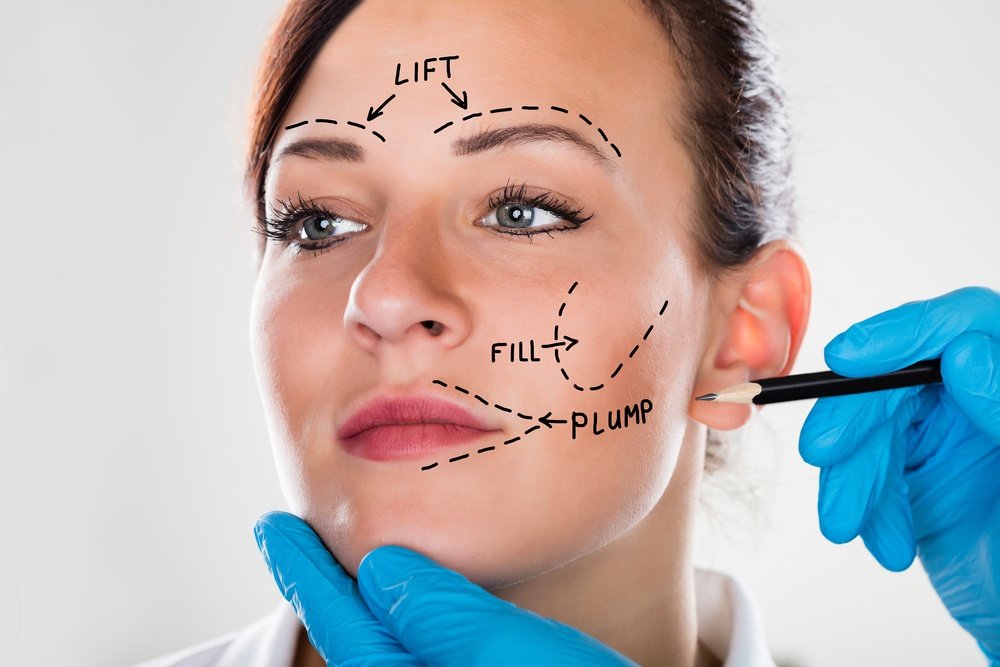
Facelift surgery is a cosmetic surgery procedure used to give a more uplifting and younger looking face. There are many surgical techniques and exercise routines. A facelift procedure includes the following steps: decide on the anesthesia, incisions are made, closing the incisions, and enjoying the results.
The most popular facelift is the traditional facelift. It often begins in the temples’ hairline, and continues around the ear, and ends in the lower scalp. Other facelifts are the mini-facelift, the mid-facelift, the deep plane facelift, the silhouette instalift, and Ultherapy. Ultherapy is a non-surgical treatment that lifts and tones sagging, loose skin along the jawline and under the chin. It can also raise your brows.
Before having a facelift, there are several things to do to help you prepare for the procedure. They are passing a pre-operative appointment with your primary care physician, wearing sunscreen on your face, and ensuring that you have filled the pain medications that your surgeon prescribed for you. Also, if you are smoking, stop, and make arrangements for someone to drive you to and from surgery.
Other things to do are stop taking certain medications, avoid drinking alcohol for 3-5 days before the procedure, and wash your hair the night before the surgery. Other things to do are making sure that you have a friend or family member with you the first few days after your surgery and begin fasting the night before the surgery. The most common reasons why some want a facelift are eliminating droopy skin and jowls, reduce saggy second chin, reduce deep creases below the eyelids and along the nose, brighten an often tired appearance, and look as young as you feel,
Candidates for a facelift are good physical health, overall good skin condition, good facial bone structure, and a realistic expectation of the facelift outcome. Steps in a facelift are deciding on the anesthesia, the incision, doing the incisions, closing the incisions, and enjoying the results. The benefits of having a facelift are tightening and redefining your neck, losing those jowls for good, tightening up sagging skin, and getting rid of deep creases. Other benefits are looking amazing without looking like you had an operation. Additional services are repairing loose skin, improving facial contours, rejuvenating skin, and feeling younger and more vibrant.
Even though there are several great benefits of plastic surgery, there are also some negative factors such as surgical risks, large financial costs, emotional damage, the risk of the procedure going wrong, and physical pain. Other drawbacks are blood loss and possible allergic reactions. Finding the right plastic surgeon is not difficult; however, it does take time to do the research. Also, look for board certification in plastic surgery, study the surgeon’s style and approach, check out the facility, find someone you trust, and look for honest,
To conclude, talk to your primary care physician or a surgeon, like this facelift Phoenix option, and find out more about facelift surgery to see if a facelift would add beauty and value to your life. The benefits are worth it!







